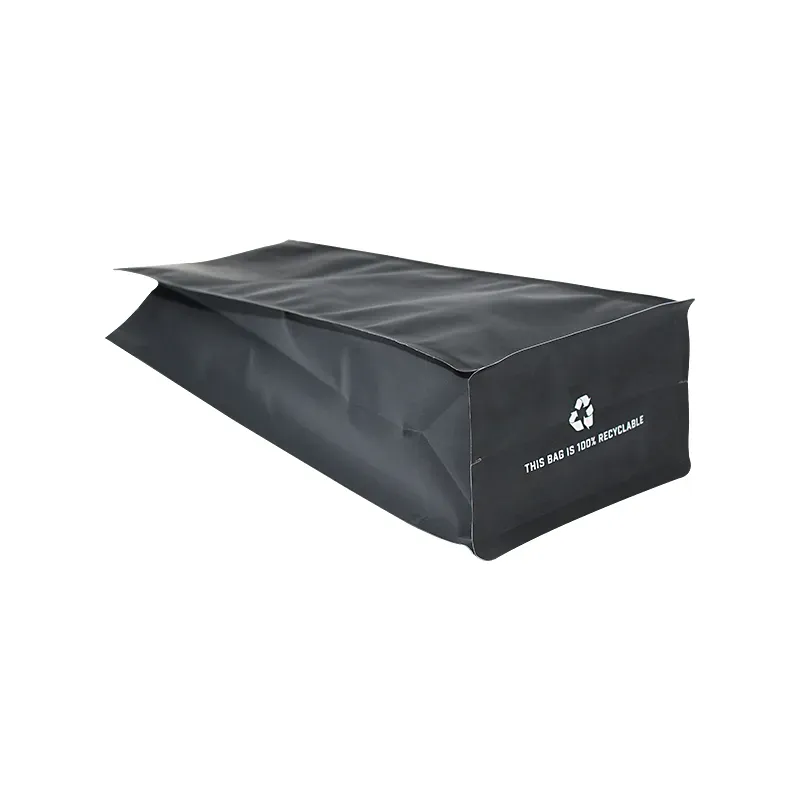- Afrikaans
- Albanian
- Amharic
- Arabic
- Armenian
- Azerbaijani
- Basque
- Belarusian
- Bengali
- Bosnian
- Bulgarian
- Catalan
- Cebuano
- chinese_simplified
- chinese_traditional
- Corsican
- Croatian
- Czech
- Danish
- Dutch
- English
- Esperanto
- Estonian
- Finnish
- French
- Frisian
- Galician
- Georgian
- German
- Greek
- Gujarati
- haitian_creole
- hausa
- hawaiian
- Hebrew
- Hindi
- Miao
- Hungarian
- Icelandic
- igbo
- Indonesian
- irish
- Italian
- Japanese
- Javanese
- Kannada
- kazakh
- Khmer
- Rwandese
- Korean
- Kurdish
- Kyrgyz
- Lao
- Latin
- Latvian
- Lithuanian
- Luxembourgish
- Macedonian
- Malgashi
- Malay
- Malayalam
- Maltese
- Maori
- Marathi
- Mongolian
- Myanmar
- Nepali
- Norwegian
- Norwegian
- Occitan
- Pashto
- Persian
- Polish
- Portuguese
- Punjabi
- Romanian
- Russian
- Samoan
- scottish-gaelic
- Serbian
- Sesotho
- Shona
- Sindhi
- Sinhala
- Slovak
- Slovenian
- Somali
- Spanish
- Sundanese
- Swahili
- Swedish
- Tagalog
- Tajik
- Tamil
- Tatar
- Telugu
- Thai
- Turkish
- Turkmen
- Ukrainian
- Urdu
- Uighur
- Uzbek
- Vietnamese
- Welsh
- Bantu
- Yiddish
- Yoruba
- Zulu
Visualizing the Size of 2 Millimeters in Everyday Objects and Comparisons
Understanding the Measurement What Does 2 Millimeters Look Like?
When discussing measurements, most people are familiar with meters, centimeters, and inches, but the metric system often incorporates millimeters as well, which can be a surprising unit of measurement for many. Specifically, in this article, we will explore what 2 millimeters looks like, how it compares to other common measurements, and contexts it may be encountered in daily life.
The Basics of Millimeters
To start with, a millimeter (mm) is a small unit of length in the metric system. One millimeter is one-thousandth of a meter. To visualize this, if you consider a standard ruler that measures in centimeters, you'll find that 10 millimeters make up 1 centimeter. Therefore, 2 millimeters is a tiny fraction of a single centimeter.
To provide a clearer picture, a common object that can help visualize 2 millimeters is a pencil lead - the graphite part of a standard mechanical pencil typically measures around 0.5 to 0.7 mm in diameter. Thus, 2 millimeters would be about three to four times the diameter of a pencil lead, which gives you an idea of how small this measurement is.
Visual Comparisons
If we compare 2 millimeters to thorns, consider that common rose thorns vary in size, but many are around 1 to 3 mm long
. Hence, a thorn measuring 2 millimeters would have a similar size to the smaller thorns found on some rose stems—definitely noticeable but still quite diminutive.Another everyday object to reference is a standard paperclip. A typical paperclip is about 33 mm long, so you can imagine that 2 mm is less than one-tenth the length of a paperclip. This contrast emphasizes just how little distance 2 millimeters covers.
what does 2 millimeters look like

Practical Contexts for 2 Millimeters
In various industries, understanding small measurements like 2 millimeters is crucial. In the context of manufacturing, especially in precision engineering and machining, tolerances often require components to be manufactured with exact dimensions. A tolerance of ±2 mm might be considered significant in various applications but still illustrates how small an individual 2 mm dimension can be.
In healthcare, medical devices often require components measured in millimeters for optimal function. For instance, some surgical instruments might feature tips that are just 2 mm wide, showing how precision is vital in surgical scenarios. Similarly, in the realm of dentistry, many tools used for examination and treatment are designed with measurements that often fall in the millimeter range. For instance, a typical dental drill could have a diameter of 1-2 mm.
Everyday Examples
In your daily life, you may also come across 2 mm in various situations such as custom jewelry or even in the design of smartphones. For example, jewelers might set gemstones that are around 2 mm in diameter to create intricate designs. Furthermore, the thickness of certain smartphone screens can also be measured in millimeters; however, they usually exceed 2 mm.
Conclusion
Understanding what 2 millimeters looks like is a fascinating exploration into the world of small measurements. From everyday objects like pencil leads and thorns to applications in precision engineering and healthcare, 2 mm plays an essential role in various sectors. Now that you have a visual and practical understanding of this measurement, you may find it becomes more familiar and relevant in both your personal and professional life. Whether you’re measuring, designing, or simply appreciating the scales we operate within, recognizing what 2 millimeters represents helps bridge the gap between numerical measurements and real-world applications.













